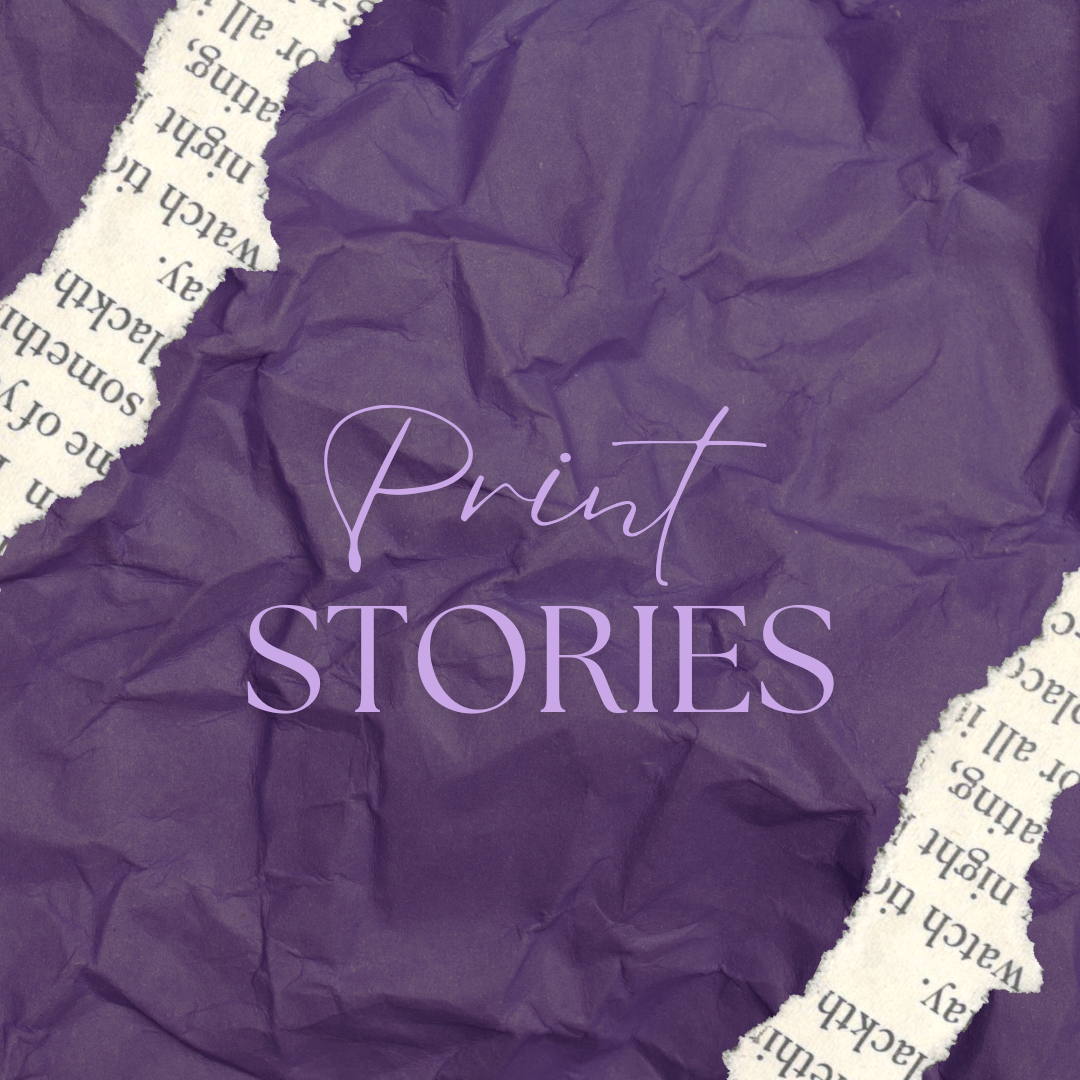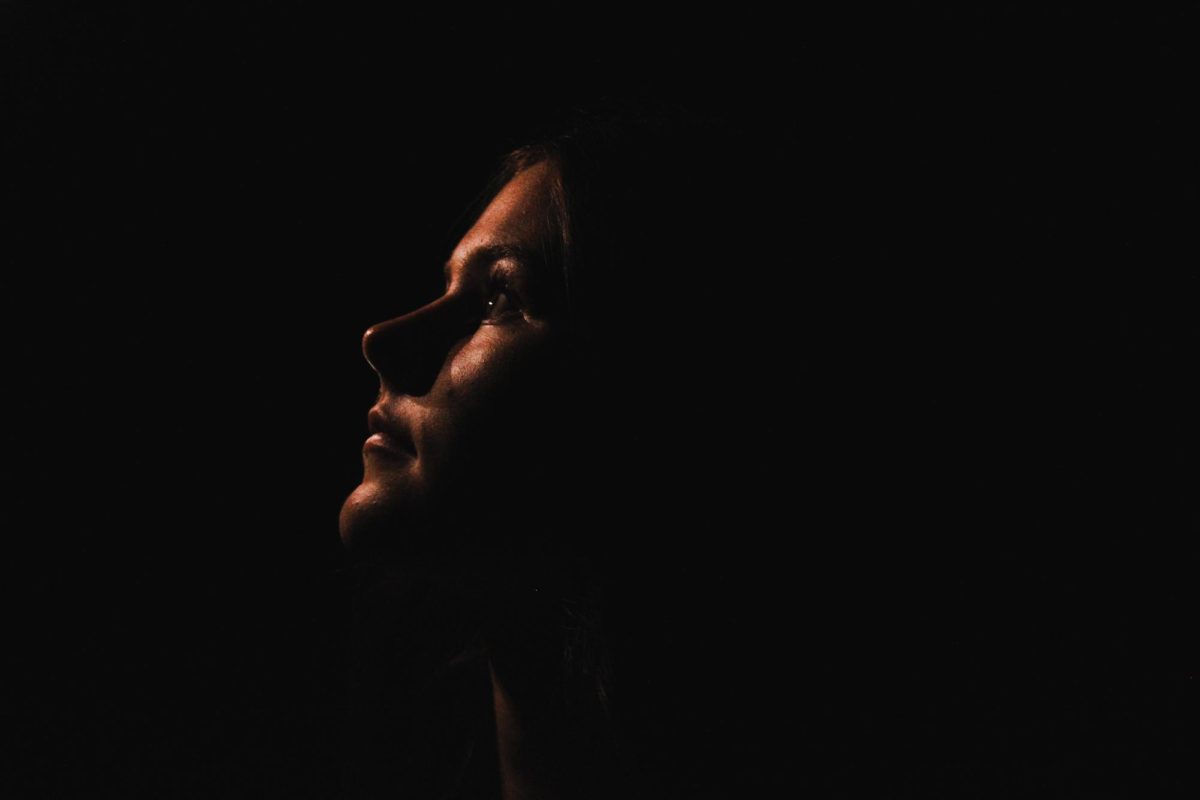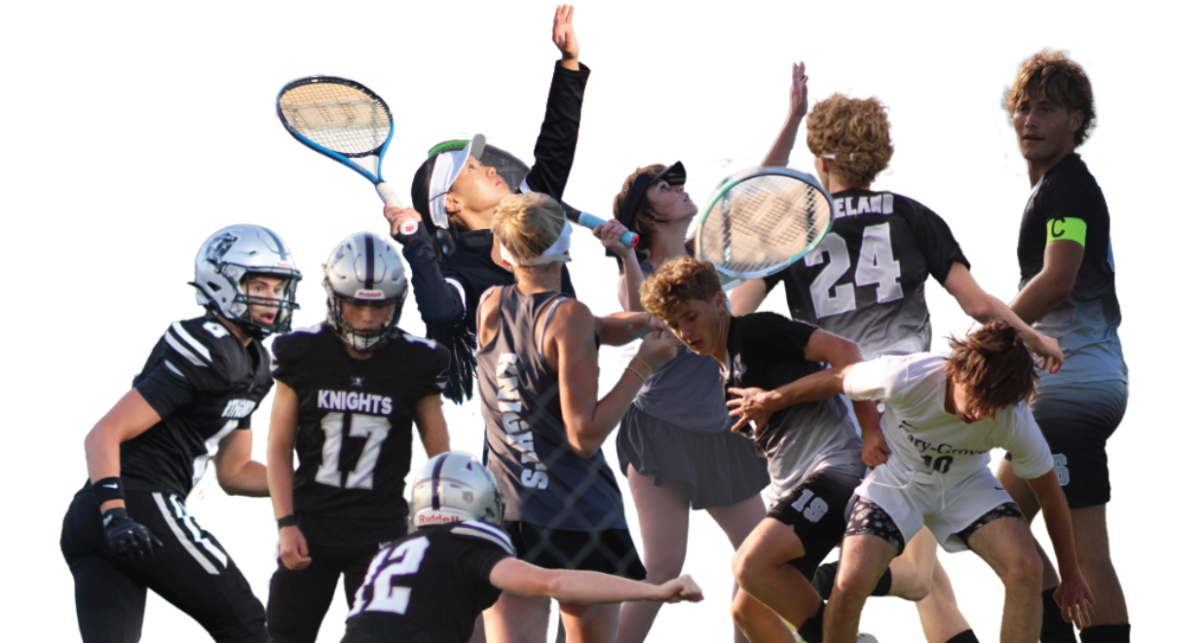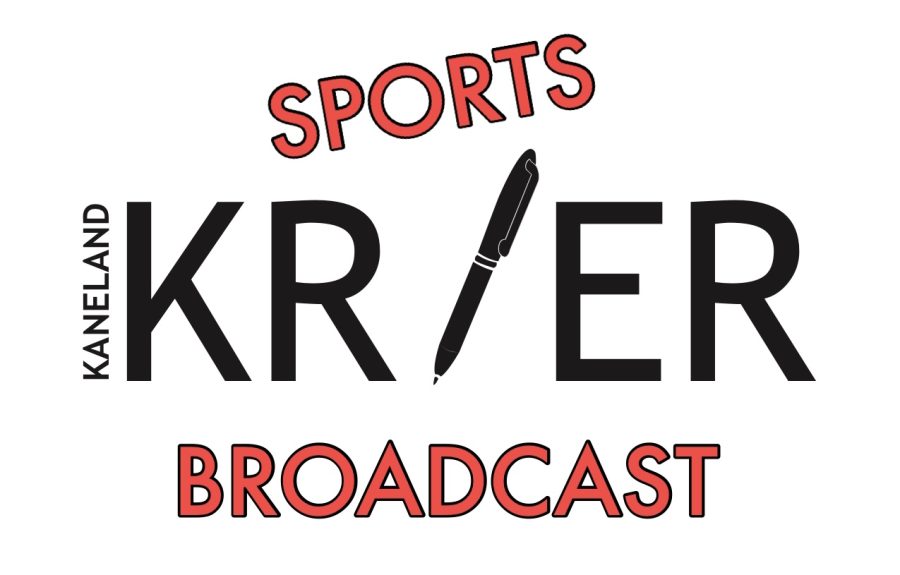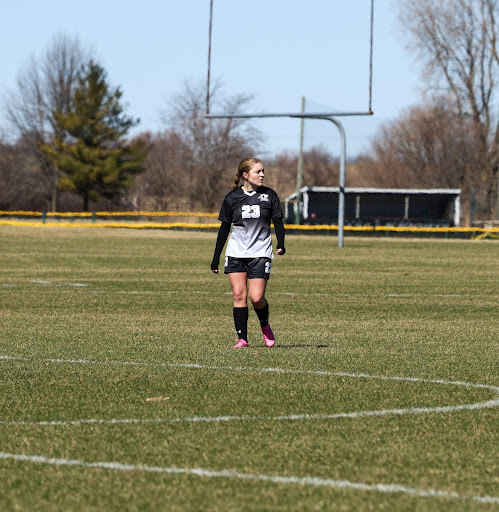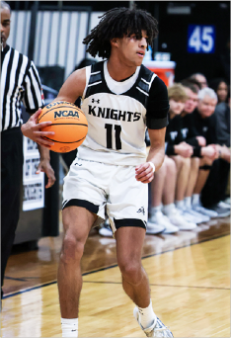Dating back to 1950, rushing the court has been one of the most celebrated things after an underdog beats the favorite. In football games it happens a lot, especially during rivalry games. For basketball it’s a little different. This generally happens when an unranked school beats a high rated NCAA Evaluation Tool (NET) ranked team on their home court.
“In the right moment it’s cool. However, it’s been overdone lately. Assistant varsity girls basketball coach, Michael Cimino said. “When courts were rushed every once in a while it was cool, now it feels like it’s being rushed every other week.”
Personally, I would agree. It’s an awesome experience for fans to celebrate a big win with fellow classmates and players. However, at the same time, it can also be dangerous. A big example was back in 2004 when Tucson high school senior Joe Kay suffered court storming injuries that left him partially paralyzed and prevented him from playing volleyball at Stanford. Injuries from court storming don’t only happen to players, back in 2013, NC State forward C.J. Leslie had to help a fellow student to safety after he was thrown from his wheelchair.
Court storming should not be banned. There are multiple ways to make sure people and players won’t get hurt. On Dec. 8, 2024, Missouri beat #1 Kansas. With five seconds left, Missouri’s coach (Dennis Gates) was waving at Bill Self and Kansas. He was signifying to them not to worry about shaking hands because the fans were going to rush the court.
This probably won’t always work. I think the NCAA should create a rule that fans shouldn’t be able to rush the court until away team players are completely off the court. In 2004, the Southeastern Conference (SEC) made a policy to start fining their schools whenever their students would rush the court. It states, “For the safety of participants and spectators alike, at no time before, during or after a contest may spectators enter the competition area.” The SEC gives their schools three offenses per year. Missouri had to pay $100,000 after rushing the football field against #15 Kansas State. Then, a few months after that, they were fined another $250,000 for rushing the court against #1 Kansas.
“I feel that taking it to the courts is a little intense,” Cimino said. “It’s a safety hazard, and it can cause injuries. It shouldn’t get to the level of schools being sued, but it happens.”
Suing schools for this action is actually unbelievable. It’s a way of celebration with the team and fans. For some teams it doesn’t happen many times, and it’s also a really special thing for college sports.
High Schools also have been known to rush the court sometimes, “For high school students, they should only rush the court if one of Kaneland’s sports teams won a huge playoff game in dramatic fashion.” Cimino said. A big example of that was last year at the Sectional semifinal boys basketball game. Kaneland was playing Belvidere North and won 57-55. After the teams shook hands, the players ran over to half court and the crowd rushed the court to celebrate with them.
These moments are really special for players, coaches and fans. Trying to take it away would be a bad thing for college and high school sports. It’s a tradition dating back hundreds of years. They definitely need to be careful with it, but sports should not ban rushing the court or field after a big win.



